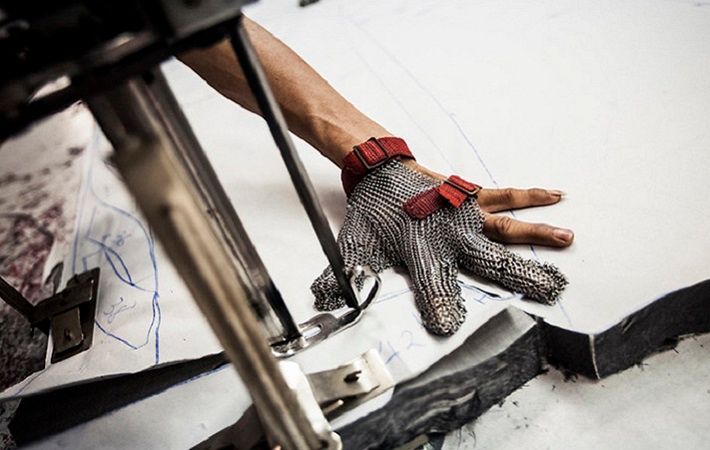
The hazards include chemical substances, ergonomic and physical hazards, tools, machines and equipment, as well as building and fire safety.
More than 60 million workers around the globe will benefit from the new code, which will be of particular importance to developing countries and emerging economies. Experts from governments and employers’ and workers’ organisations have adopted the code of practice, the organisation said in a media release.
“Having spent the past 50 years regulating, enforcing and, in particular, promoting occupational safety and health, I can personally attest to the fact that the adoption of this ILO Code of Practice is a milestone in the textiles, clothing, leather and footwear industries,” said Jukka Takala, chair of the experts’ meeting that adopted the code.
“We want to ensure that Rana Plaza will never happen again,” said Kamrul Anam, worker vice-chair, referring to the 2013 Bangladesh garment factory building collapse, in which more than 1,000 people died. “If everyone commits to translating the provisions in this code into action, we can ensure that no worker – in Bangladesh or any other country – will ever have to risk their life in a garment factory again.”
The textiles, clothing, leather and footwear industries have been hit hard by the COVID-19 crisis. Thousands of enterprises have been forced to stop production, leading to millions of workers losing their livelihoods.
Worldwide, about 2.8 million workers die every year from work-related injuries and diseases in different sectors. A further 160 million workers suffer from work-related diseases, and 374 million workers experience non-fatal injuries. More than four per cent of the world’s annual gross domestic product (GDP) is lost as a consequence of work-related injuries and diseases.
“We acknowledge and support the pivotal role the ILO has to play in strengthening both national and sectoral occupational safety and health (OSH) systems,” said government vice-chair, Bastian Fochmann. “With this code of practice on safety and health – and thanks to the excellent contributions of employers, workers and governments – we are now equipped with the occupational safety and health (OSH) tools and approaches the textiles, clothing, leather and footwear industries and their supply chains need to ensure a safer and brighter future for all.”
Director of the ILO Sectoral Policies Department, Alette van Leur added: “The new code of practice will serve as a basis for developing national or company OSH management systems and contribute to the overall improvements of working conditions in this sector and beyond.”
Fibre2Fashion News Desk (KD)